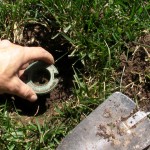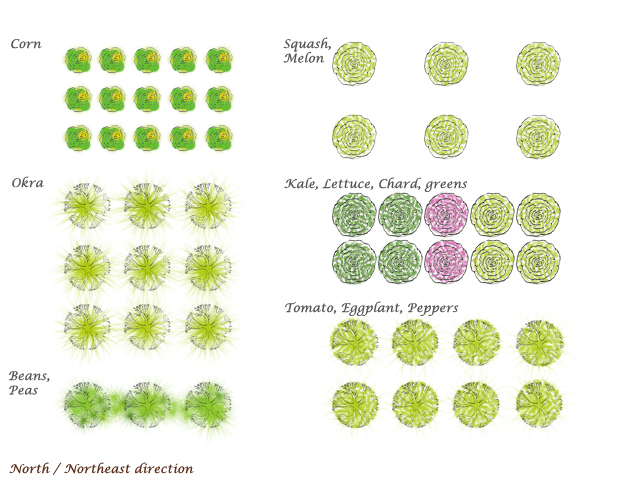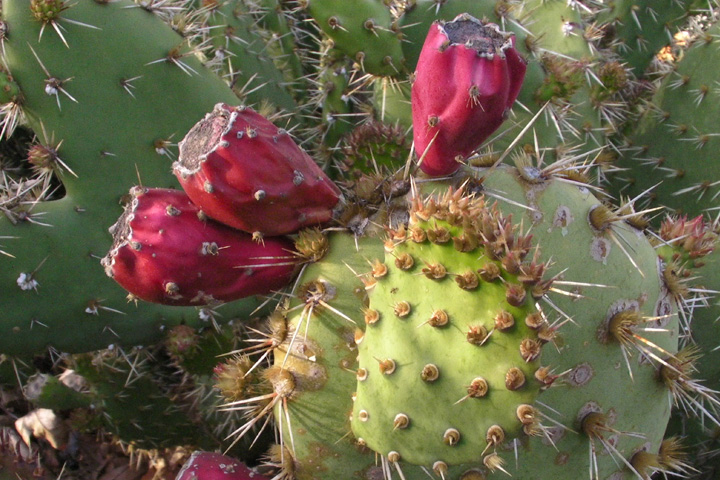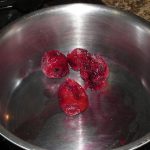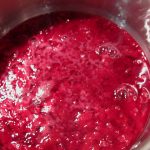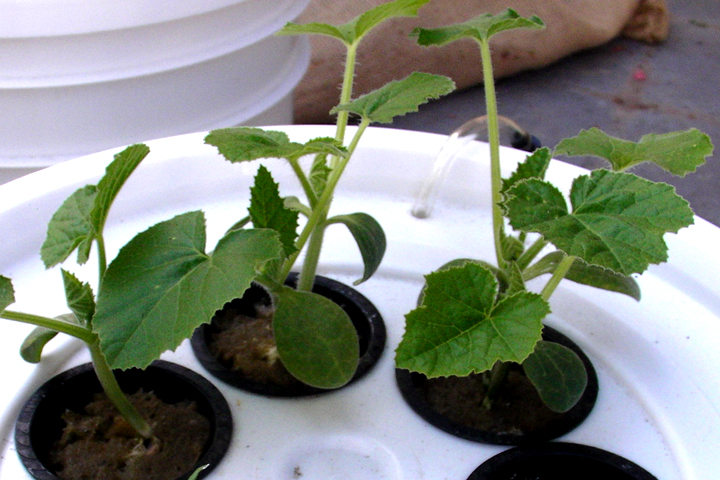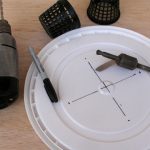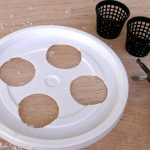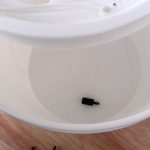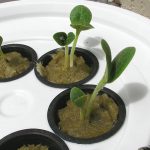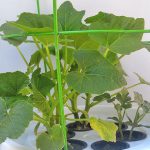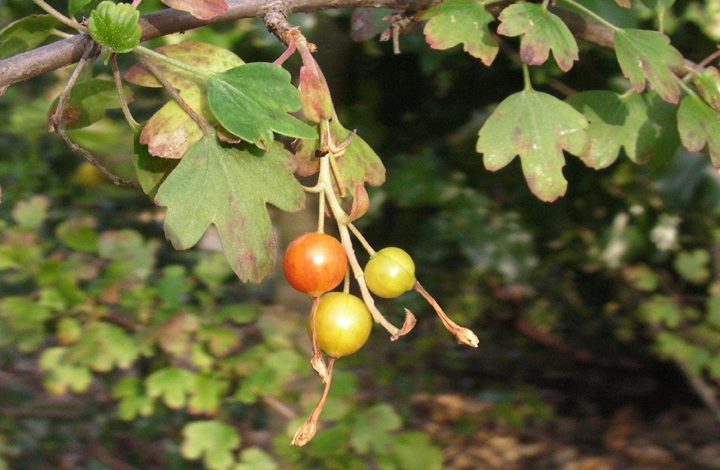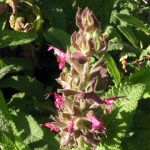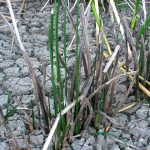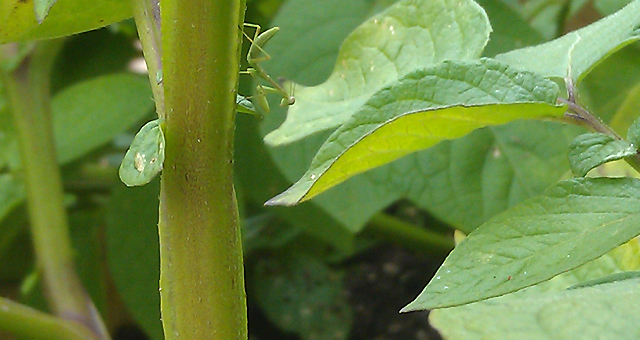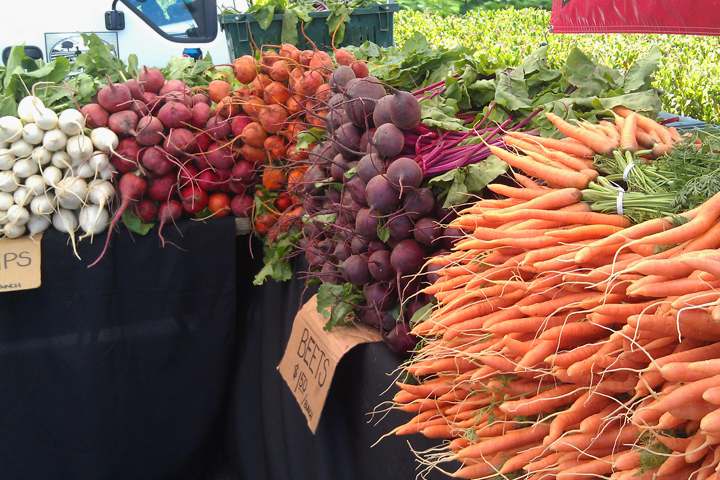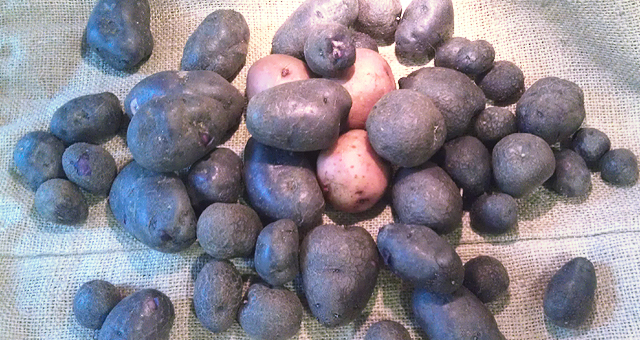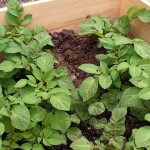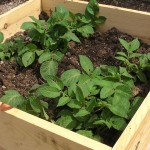Sprinkler Head Replacement
Dig out the damaged sprinkler head. Leave a few inches around the head to work with. Set aside dirt and lawn.
Step 2
Unscrew damaged sprinkler head.
Step 3
Purge any dirt, broken sprinkler components, or debris from the riser(the pipe that the sprinkler head is attached to), by running the sprinklers for a couple seconds.
Step 4
Screw on the new sprinkler head.
Step 5
Test run your sprinkler. If it runs properly. Fill in the space around the sprinkler head with the dirt or lawn patches that were removed to access the riser pipe.
Still Not Working
If the sprinkler is not functioning properly, remove the sprinkler head and try to purge the riser of any debris again(Step 3). If a major leak persists, its likely that the riser pipe is damaged. Cautiously dig deeper around the base of the sprinkler head to access the entire riser pipe. A new riser or connection elbow may be required.
Still Not Working more…
Remove any damaged parts, and take them with you in a bag to a home improvement store. Ask for assistance in finding the appropriate replacement pieces. Depending on your sprinkler system and application, the use of pvc glue, or plumbing tape, may be necessary.
